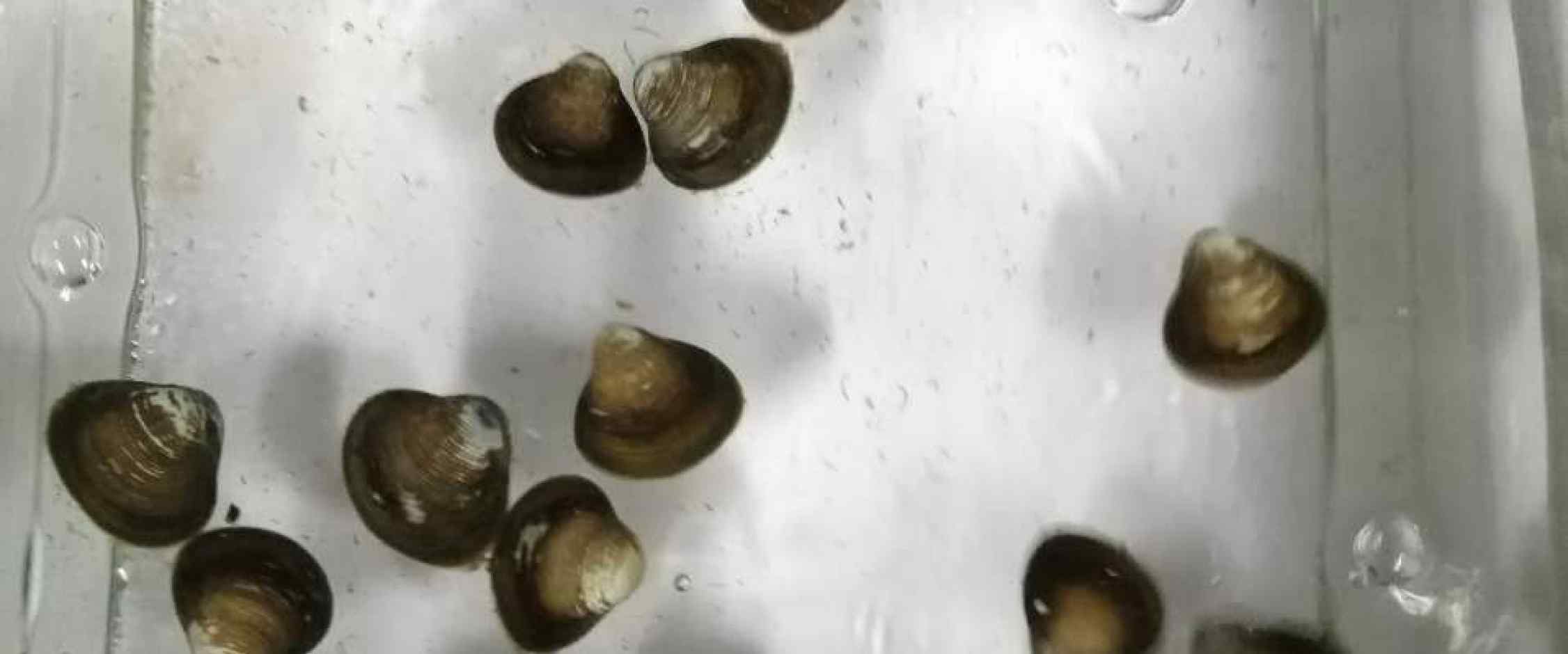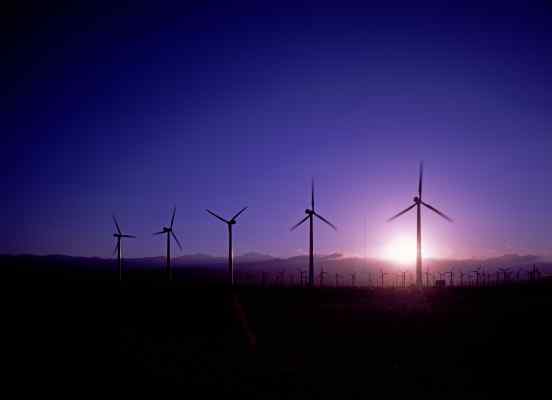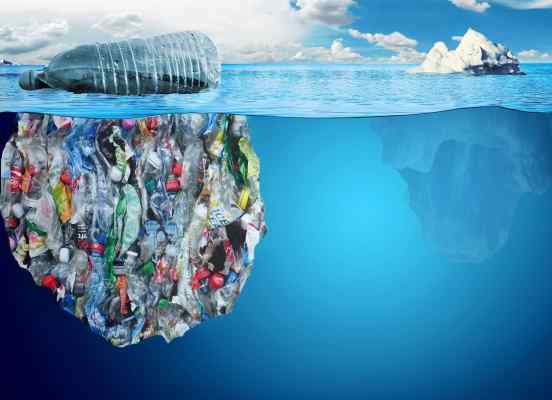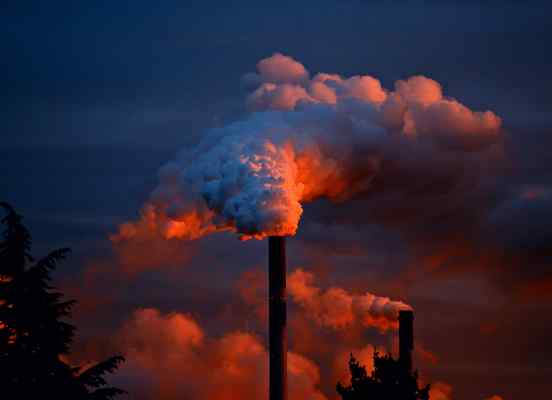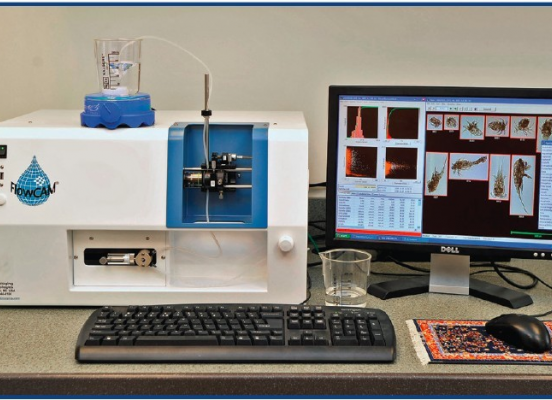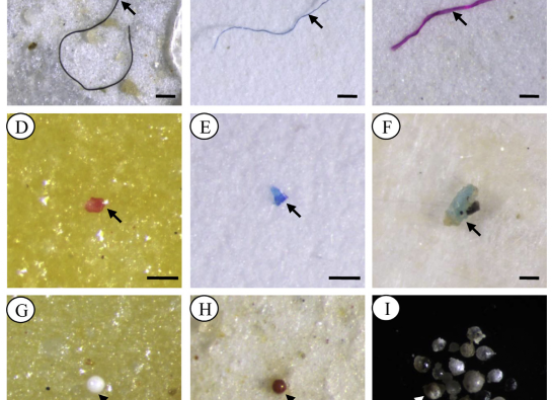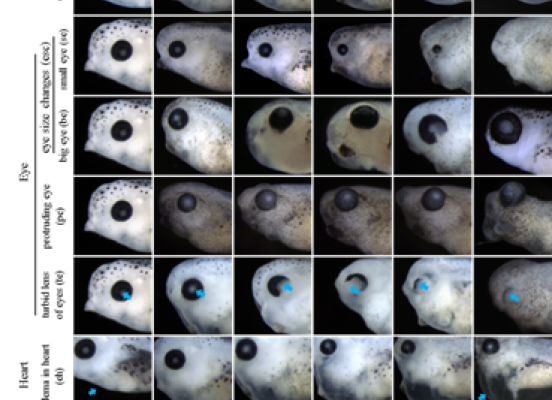Description
The tiny plastic pellets or fibers, which are called as microplastics, have become one of the most important issues of marine plastic pollution in recent years. More and more evidences have suggested that microplastic pollution is also very serious in freshwater envrionments such as lakes and rivers. However, there is a great lack of research of microplastics in freshwater organisms. In the present study,
Asia clam (Corbicula fulminea) will be used as a model species in the laboratory and exposed to the fluorescently labeled microspheres of polystyrene in different sizes. By observing the fluorescent signal, we will study the selective absorption process of clam for microplastics, the transferring and accumulating characteristics of microplastics in the body of clam, and the way and time of elimination of microplstics. The dynamics of polystyrene microplastic in clams will be revealed. We will study the adverse effects of microplastics on the survival, growth, immunity and reproduction of clams. The toxic charactertics of microplastic in clams will be revealed at the level of tissue and cellar levels. We also will study the effects of microplastics on transcriptomes and key regulation genes of clams. The molecular mechanisms of microplastics in clams will be elucidated. The link will be bulit between the index at molecular level and that at tissue and cellar levels. The early molecular biomarkers will be chosen to indicate the toxic effects of microplastics on clams. The results of present study will increase the knowledge of toxic mechanisms of microplastics in freshwater organisms and provide scientific support for the risk assessment of microplastics to the ecosystem and human health.
Areas of research
- Marine Pollution
- Ecotoxicology

